The 2021 UC Davis Education Conference on One Health for Food Safety, Agriculture, and Animal Health online conference was unique in the respect that for the first time WIFSS co-hosted this conference. The conference, held online, July 26 – August 6, was co-hosted with the College of Veterinary Medicine, China Agricultural University. The conference had a special focus on zoonotic diseases impact on the health of people, animals, and the environment. More than 90 students and faculty members from 17 universities across the world thoroughly discussed different issues on the topic of “One Health” through lectures given by speakers from 29 universities and institutions, as well as group discussions and group tasks.
Undergraduate and graduate students alike from 17 universities representing China, Japan, Korea, and Sumatera Utara attended the conference. For the first time, faculty from Jiangsu Agri-animal Husbandry Vocational College participated in our online conference. During the morning and afternoon sessions participants attended lectures and participated in team building exercises, ensuring the three-fold mission of WIFSS’ One Health conferences to 1) raise awareness, 2) encourage team building, and 3) bring about change through calls to action.
Teamwork is encouraged through collaborative group projects. Team members take an interdisciplinary approach to solve complex problems related to the health of people, animals, and the environment. Final-day group presentations by undergraduate students identified the area of greatest risk, the cause of the problem, and the strategy for the solution to the problem of their chosen topic. Graduate student teams collectively reported on their various research projects in a One Health context.
One Health Interdisciplinary Education
Understanding the role of the environment, people, and animals in a complex problem requires an acute level of awareness. During the One Health Interdisciplinary Education morning session, professors from the University of California, Davis, China Agricultural University, Colorado State University, University of Washington, Nanjing Agricultural University, Wageningen University, and the US Department of Agriculture helped raise students awareness through lectures on One-Health-centered topics such as soil and plant health, antimicrobial resistance, swine flu, salmonella, Lyme disease, food-borne diseases and so on. The connection between people, animals, and the environment they live in was clearly illustrated through these lectures.
Five undergraduate groups including SBECMDS (the first letter of the first name of each team member); Gathering of AU (Agricultural Universities); SSA (Safety, Security, and Agriculture); Earth Guardians; and The Cre8tors, applied their imaginative skills to create daily posters depicting lectures given during the morning sessions. The combined teams represented different fields of study including Life Sciences, Food Science and Technology, Resources and Environment Science, Plant Protection, Animal Science and Technology, Veterinary Medicine, and Horticulture.
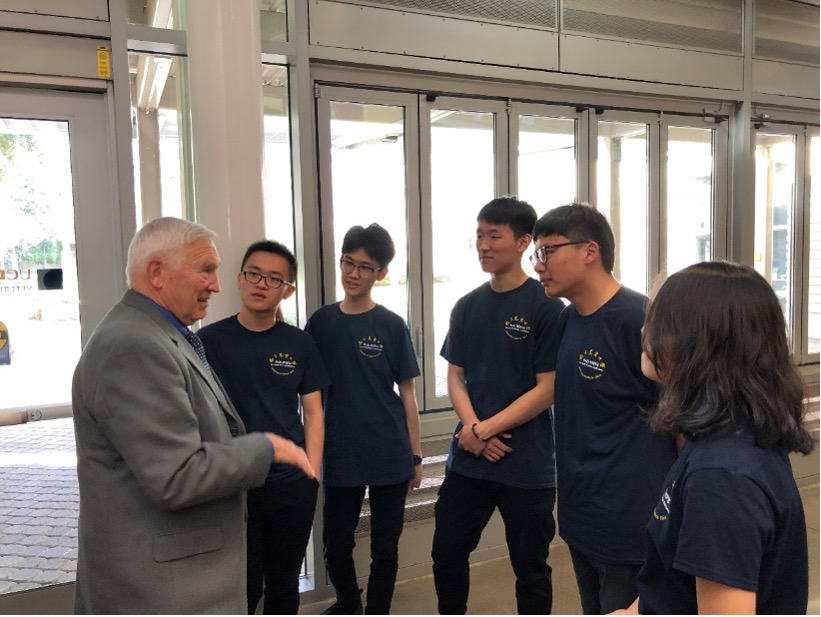
Dr. Oburn discusses pursuit of graduate education with students attending former on-campus One Health Conference.
This is where YOU say something about the importance and success of our One Health conferences, and especially the amazing, exceptional, online conferences. This is your opportunity to get the One Health message out. This isn’t being done by anyone but WIFSS to such great success. This should help the faculty from Davis be proud they are participating in our conferences, and it should serve to get us participants (and maybe sponsors) for the winter conference! Maybe include statement about the OHIA (One Health International Association)
One Health International Young Scholars Forum
The One Health International Young Scholars Forum afternoon sessions were divided into three sections focusing on Veterinary Medicine, Animal Science, and Food Science respectively. Experts from top universities shared their current research, which covers various topics such as pathogenic ecology and epidemiology, generation, transmission, and control of drug resistance of pathogenic bacteria, diagnosis and vaccine development, epidemic disease prevention and control, animal nutrition, intestinal microecology, food-borne microbial enrichment and detection. Twenty-six graduates delivered reports regarding their study and research for communication and exchange. Through the study and discussion of the latest progress in different fields, the significance of the One Health concept in interdisciplinary communication is more prominent.
Student-participants had three group discussions in total, where they built friendships and inspired each other. They developed a close bond with their group facilitators from UC Davis working on group posters and tasks. Five undergraduate groups created posters containing the key points they learned from the daily morning sessions, demonstrating their capacity of accepting new knowledge, passion for One Health, and creativity. Three graduate groups including Bazinga, Elite, and 3C, went all out to write essays illustrating their perspectives on One Health and how their research connects to One Health.
Raising One Health Awareness in Southeast Asia
WIFSS emphasizes awareness as an important aspect of approaching complex problems involving people and animals in their shared environment. Awareness requires an understanding of normal vs abnormal, the environment in which abnormal situations occur and the impacts the abnormality has on others in society. The power of One Health is all encompassing because it considers not only a disease entity in an individual, but the myriad of impacts including disruption of societal, economic, environmental and other factors. Students strategize and explore methods of problem solving in addressing disruptive real-world scenarios.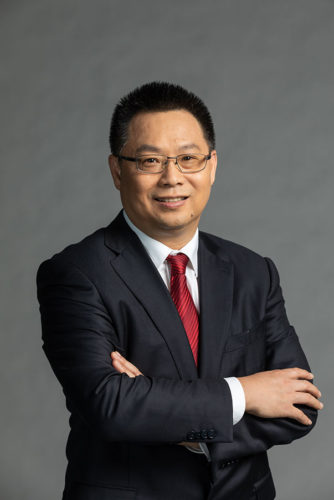
Dr. Jianzhong Shen, Dean, College of Veterinary Medicine, China Agricultural University
It was the first time that the College of Veterinary Medicine, China Agricultural University joined WIFSS as the co-host of our One Health Conference this summer. CAU embraces the One Health concept with the mission to assure the health for animals, people, and the environment by advancing veterinary science. Over the past 36 years, the college has graduated nearly 2,000 veterinarians and thousands of scientists, making a great contribution to veterinary development in China and the world.
During the conference, a total of four professors from CAU shared their scientific research and understanding of One Health. In addition, seven impressive reports were given by postgraduates from CAU.
On the opening day of the conference, Dr. Jianzhong Shen, the Dean of the College of Veterinary Medicine, China Agricultural University delivered a greeting speech to all participants expressing his care on One Health issues and wishes to the conference.
Dr. Jun Han, Associate Dean for Research and International Communications and Professor of Virology, in the Department of Preventive Veterinary Medicine, at China Agricultural College gave a detailed introduction of his college highlighting research conducted there, emphasizing his concern about zoonosis which is a typical One Health problem.
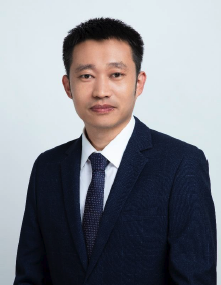
Dr. Honglei Sun, Associate Professor of Department of Preventive Veterinary Medicine, College of Veterinary Medicine, China Agricultural University, whose research focuses on interspecies transmission of the animal virus with potential to cause influenza pandemics in humans, molecular mechanism of interspecies transmission of influenza virus, and development of novel influenza vaccines, gave a lecture on the Prevalence, Characterization, and Prevention of Swine Influenza Viruses. This is an example of the types of lectures that conference participants have an opportunity to hear, and which serve to raise awareness of the One Health concept.
“With the rapid advancement of globalization and the expansion of trade and tourism, emerging infectious diseases have the characteristics of fast transmission and wide epidemic range. The outbreak of influenza A (H1N1) virus in 2009 caused a worldwide pandemic in a short period of time. The virus not only continued to form a human epidemic but also transmitted back to pig farms around the world to produce a series of new rearranged viruses, posing a new threat to public health. In this context, veterinary workers around the world should strengthen cooperation, timely communicate information, timely monitor and find new swine influenza viruses with human epidemic potential and take effective prevention and control measures to control new viruses and reduce epidemic risk as soon as possible.” - Honglei Sun
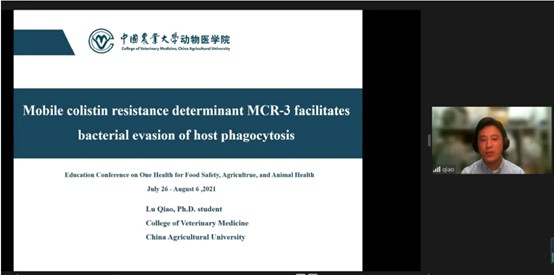
Student speaker, Lu Qiao, from CAU, gave a presentation in the afternoon session on “Mobile colistin resistance determinant MCR-3 facilitates bacterial evasion of host phagocytosis.”
Lu explains what he gained from the lectures during the conference –
“I learned a lot of professional knowledge and know more about the latest progress of different research, which helps direct my later scientific work, for example, Professor M.D. Salman has presented us the relationship between AMR and vet erinarians. For me, it is such an instructional experience that can help me plan my later career.”
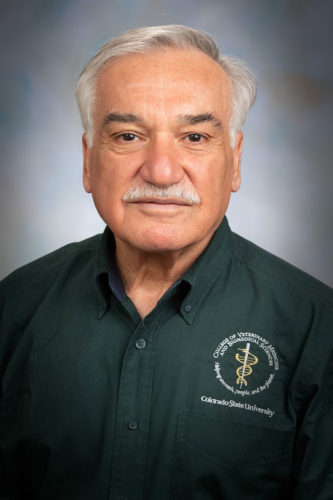
Dr. M.D. Salman, Preventive Veterinary Medicine and Infectious Animal Diseases, College of Veterinary Medicine and Biomedical Sciences, Colorado State University
Dr. M.D. Salman, Professor of Preventive Veterinary Medicine and Infectious Animal Diseases, Animal Population Health Institute, College of Veterinary Medicine and Biomedical Sciences, Colorado State University, whose research focuses on epidemiology on infectious diseases of livestock, surveillance and control of diseases, global consultant for various international agencies and countries for animal health programs, spoke on “Combating AMR: The Role of Veterinary and Animal Scientists.”
The aim of Dr. Salman’s lecture was to initiate philosophical discussions on the use of antimicrobial therapy (AMT) and its relationship to antimicrobial resistance (AMR) in practice of animal health. The general needs for enhancing the current effort to deal with this important issue were presented. The link of preventive veterinary medicine practices to livestock production system using the one health concept will be outlined with real life demonstrations. Examples of needed tasks to maintain healthy productive animal populations but with less negative impacts on our planet were presented.
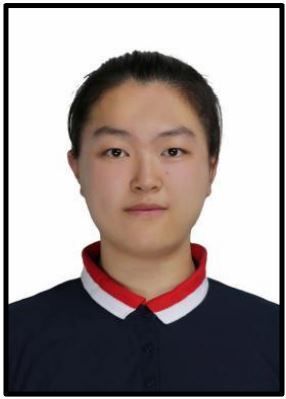
Yinxuan Cui, (Claire), studying Veterinary Medicine at Sichuan Agricultural University, provided this testimonial –
“I have learned more than my major knowledge, such as soil related and plant related knowledge. These are the things that I have little contact with normally. And I have a deeper understanding of one health concept.”
We bring together students from different disciplines and demonstrate the power of multi-disciplinary teams working together to address future challenges for the health of people, animals, and the environment. Students, such as Claire, are exposed to topics outside their comfort zone, purposefully guiding them to connect the dots between the soil, where all life begins, to plants, to animals, to humans, and to the environment.
Conference speakers brought the One Health concept to life as they educated students and professors attending conference about the role humans play in protecting our environment and providing a sustainable food supply. The speakers brought home the focus of the conference, zoonotic diseases impact on food systems, by demonstrating various cycles that pathogens use to maintain their viability to live and cause infection.
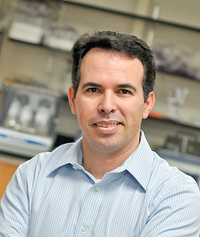
Dr. Jorge Rodrigues, Department of Land, Air and Water Resources, University of California, Davis
Dr. Jorge Rodrigues, Professor, Department of Land, Air and Water Resources, University of California, Davis, spoke about soil health and the challenges and opportunities to linking ecosystem health to human and animal health.
Rodrigues says that a critical component of understanding and measuring human and animal health is the ability of directly connecting to the environment that surrounds us all. Unfortunately, states Rodrigues, “We have yet to define the concept of environmental health properly.”
Microorganisms mediate important ecosystem services and biogeochemical processes, explained Rodrigues, such as the cycling of carbon and nutrients, protection against pathogens, and beneficial interactions with plants and animals. He underscored that the Amazon, the largest tropical rainforest ecosystem in the world, is under threat of deforestation caused by forest-to-pasture conversion, representing substantial animal and plant diversity. However, “Less clear, is the effect of deforestation.
“Using a combination of high throughput sequencing approaches and soil physico chemical properties, our group has observed alterations to soil microbial communities and biogeochemical processes. Microbial communities became more homogeneous in space and less diverse with loss of endemic species. Forest to pasture conversion also resulted in genomic losses and increases in the emission of the greenhouse gas methane. There is also indication that stress related functions such as heat stress, carbon starvation, and microbial motility were altered with deforestation. Taken together, our results indicate that this ecosystem is in peril, raising concerns about the stability of biogeochemical cycles at global scale.” - Jorge Rodrigues
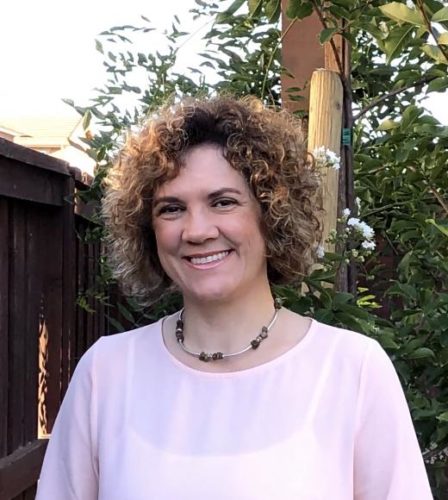
Dr. Maeli Melotto, Agricultural Plant Biology, Department of Plant Sciences, University of California, Davis
Dr. Maeli Melotto, Professor and Vice-Chair of Agricultural Plant Biology, Department of Plant Sciences, University of California, Davis, spoke about her team’s study of infection and contamination of plants (model and crop) with plant and human pathogens. Melotto’s research focuses on plant-pathogen interactions and understanding the close interaction between plants and human pathogens at the molecular level.
Melotto says that “Fresh produce, such as leafy vegetables, poses one of the greatest risks to foodborne illnesses as, unlike foods of animal origin, they cannot undergo thermal processes or harsh chemical treatment to inactivate human pathogens.”
“The lack of an efficient kill step is one of the great challenges facing the fresh produce industry. Furthermore, a major concern in produce safety is the high potential of human pathogens to adapt to the plant environment without losing virulence in its natural human host. Supporting this notion, mounting evidence suggests that enteric pathogens could be already adapted to live in/on leaves enabling it to survive in the primary produce production environment. For instance, Salmonella enterica is able to overcome plant defenses, colonize the leaf surface and interior, and persist (and even multiply under certain conditions) inside the leaf for extended periods. However, several studies have highlighted a genotypic variability of crop species (such as tomato, lettuce, cucumber, and melon) in supporting a range of pathogen population sizes, suggesting a genetic component that controls the pathogen load in the plant.” - Maeli Melotto

Dr. Wim Van Der Poel Wageningen Bioveterinary Research, Wageningen University, The Netherlands.
Dr. Wim Van Der Poel is a professor of emerging and zoonotic viruses at Wageningen Bioveterinary Research, Wageningen University, The Netherlands. His research focuses on microbial food safety, with emphasis on foodborne viruses, focused on determining the mechanisms by which fresh produce is contaminated by foodborne viruses during production and processing and which biological and environmental factors influence viral persistence in these foods.
Van der Poel gave an engaging lecture about the Coronavirus infection outbreaks that were observed in 69 Dutch mink farms in 2020, where more than 2 million minks were culled because of coronavirus (SARS-CoV-2). This is an example of humans passing the corona virus to mink and how a mutation of the virus has the potential to come back around to infect humans. You can read about the study HERE.
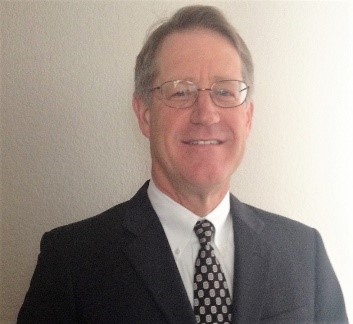
Dr. Rob Atwill, Department of Population Health and Reproduction, School of Veterinary Medicine, UC Davis
Keeping with the theme of the conference, Dr. Edward Robert Atwill, Director of Veterinary Medicine Extension and a professor of epidemiology and zoonotic diseases in the Department of Population Health and Reproduction, School of Veterinary Medicine, UC Davis, spoke about cryptosporidiosis as an example of zoonotic disease. A variety of species and genotypes of the apicomplexan protozoan Cryptosporidium can infect humans and have a wide range of host animals.
Cryptosporidiosis, a parasitic zoonotic disease often associated with young mammals as an enteric pathogen, can cause severe diarrhea leading to environmental dissemination and waterborne contamination from infectious oocysts. The transmission cycle is often associated with fecal contamination of water, direct contact with contaminated feces and/or in foods and feeds which have been contaminated with infected fecal material. Cryptosporidiosis represents a classic case of a parasitic One Health disease affecting animals, utilizing the environment for transmission, and infecting people. The importance of this disease reached epidemic attention 25 years ago when large numbers of immunocompromised individuals with human immunodeficiency associated with the AIDS virus were dying of dehydration because of incessant diarrhea. Medical and public health officials often assumed that the underlying cause was fecal contamination by livestock and horses which they believed was shed into municipal water supplies for cities in Western United States. This resulted in legislation or land use guidance that reduced or prohibited livestock from watersheds used for municipal purposes.
Dr. Atwill described the studies he and colleagues in the College of Agricultural and Environmental Sciences undertook to solve the mystery of waterborne contamination from this parasite. Although much of human cases are caused by human derived C. parvum or C. homonis, Dr. Atwill and colleagues discovered much of what is shed by livestock in California are species of Cryptosporidium that are either not infective to humans or only rarely cause human illness. Nevertheless, proper management and control of livestock wastes and minimizing contact with key water supplies will help reduce the impact of animal-derived Cryptosporidium from infecting humans.
In summary, Atwill says, “There are many different subspecies of Cryptosporidium which have the potential of causing disease in animals, many of which are rarely a cause of human infection. Among those species or genotypes that are human infective, environmental control remains a key challenge given the infectivity of this pathogen for humans and the ability of oocysts to survive cool moist conditions.”
Teamwork
Graduate Group 3C hit the nail on the head with their name which stands for collaboration, communication, and coordination. Team building is encouraged during the conferences through collaborative group projects under the guidance of UC Davis student facilitators such as the 2021 summer conference facilitators: Brittany Lauren Morgan, Eduard Kachan, June Barrera, Katie Lee, Kyuyoung Lee, Peerawat Chintrakulchai, Serene Liu, and Tanapon Sukkankah.
The goal of a facilitator is to guide team members to become self-directed problem solvers who use effective reasoning, critical thinking, and who take ownership of learning. The team building exercises of the conference foster an excitement in learners for higher thinking that leads to life-long learning. Facilitators use problem-based learning skills to guide their teams through team building activities that instill a sense of working together as a team and teach the value and importance of taking a multidisciplinary approach to solving complex problems. Facilitators help the team feel a sense of team comradery.
Hongjin Chen, (Bill), a student attending Sichuan Agricultural University Veterinary Medicine had this to say about the experience he had during team discussion and teamwork activities.
“Tan as our group facilitator leads our group discussion, gives us advice, explains things patiently, and motivates us to express our ideas. The team operation is characterized by clear division of labor, helping each other, communicating actively, and working hard to complete the group work together.”
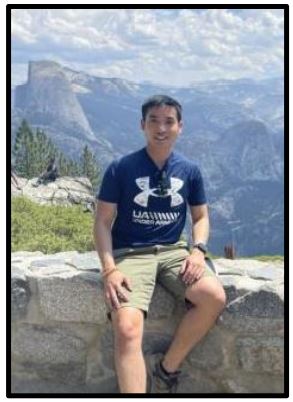
Student Xiang Xirui, (Ryann), from Sichuan Agricultural University Veterinary Medicine, said this about her experience with teamwork:
“Despite the difficulty of discussing in English in online forums (including myself), everyone was trying to convey their ideas and opinions. Our team is more united, our task is clearer and moving forward in an orderly manner, with mentorship from Serene. Furthermore, each teammate has shown their strength s and advantages, giving me a lot of skills and shortcuts.”
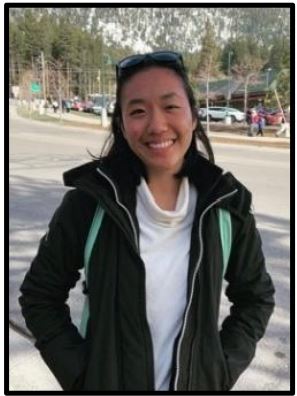
Call to Action
Team presentations given on the final day of the conference showcase what the groups identified as their number one food safety or environmental issues. Factors they see as combining to cause the problem are presented, along with the multi-disciplinary strategy they would use to solve the problem. Teams conclude their presentations with a call to action to the audience.
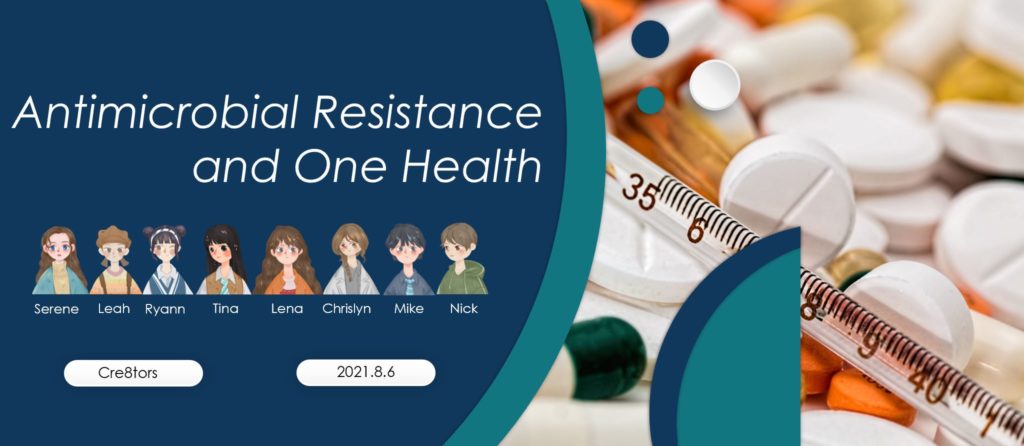
Undergraduate Group 5 – The Cre8tors, showed how students from different backgrounds can work together and by consensus arrive at a plan to demonstrate how each of the different disciplines can address a complex problem, such as AMR, using a One Health approach.
Peng Cong, Nick, Huazhong Agricultural University Veterinary Medicine; Wang Hefei, Tina, Jilin University Veterinary Medicine; Song Yanbin, Mike, Huazhong
Agricultural University Veterinary Medicine; Zhong Hua, Leah, South China Agricultural University Veterinary Medicine; Xiang Xirui, Ryann, Sichuan Agricultural University Veterinary Medicine; Yu Xihan, Lena, Jilin University Food Quality and Safety; and Wang Jingxian, Chrislyn, Jiangnan University Food Quality and Safety, under the mentorship of team facilitator Serene Liu from University of California, Davis, comprised the Cre8tors. Their presentation was on Antimicrobial Resistance and One Health.
Leah who was the spokesperson for the team, set the stage by calling the audience’s attention to the fact that antibiotics are the significant far-reaching drugs that are used to cure infectious disease safely for everything from surgeries to chemical therapy and organ transplant.
She asked this provocative question, “But have you ever thought about what if antibiotics stop working, what does that mean for you, your family and community?”
Providing statistical data and facts, the Cre8tors detailed the complex problem of AMR. Waste from pharmaceutical industry, and the manure runoff from farms antibiotic resistant factors not only stays in people’s body, but also in animals and environments.
The Cre8tors considered these possible solutions which they call principles: the first one is to control the use of existing antibiotics, the second one is to create new drugs and the third one is combating resistance and the last one is raise public awareness and call to action.
They see the first solution is the duty of different professions to strictly control the usage and dosage for use in treating the causative agent. For livestock farmers, it is urgent that they reduce the use of antibiotics to the lowest levels for growth promotion because the largest consumer of antibiotics is agriculture and the livestock receiving antibiotics. Likewise, policymakers need to improve relevant regulations and set up a system of accountability, the most important task is to stick to and execute the policies.
The second solution is pharmaceutical scientists being responsible to invent new drugs that do not cause antimicrobial resistance, at the same time, governments are expected to give financial funding for further and more in-depth research.
The third solution is combating resistance, which they think is a fundamental solution for the biomedical scientists, they need to figure out specific mechanisms of anti-microbial resistance and the methods to minimize the factors leading to resistance.
Food and environment safety scientists, say the Cre8tors, should emphasize working on improving sanitation, detecting antibiotics residues, and recommending solutions to reduce the factors contaminating food and the environment.
“Last, but not least all of us need to be participate in tackling this serious global health threat, there are still many challenges to improve,” stated Leah.
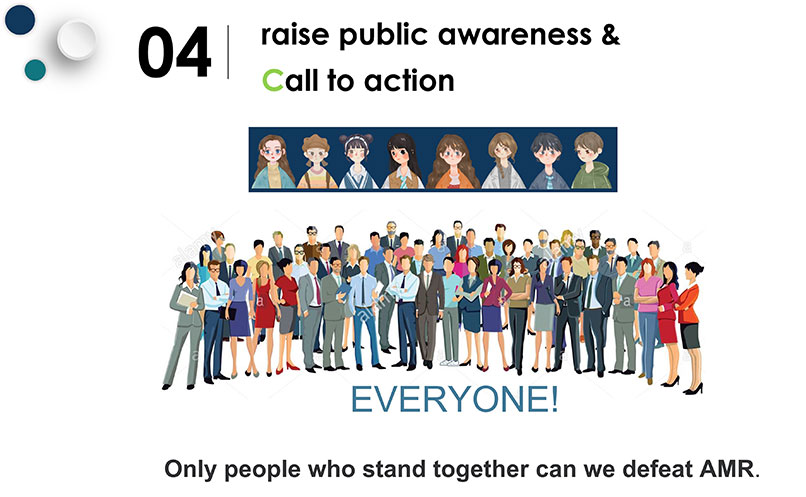
Leah made an appeal to everyone to take action now as we are people who care about One Health, and we can start by reading and learning to establish a correct awareness of antibiotic use. Take action where you can from handwashing and hygiene to improving antibiotic use by people who work together can we defeat medical antibiotic resistance.
Just as in the name of the team, “let’s start creating no matter whether getting involved in research to create new drugs, to figure out the mechanism of antibiotic mapping of chemical antibiotic resistance factors which address the spread of factors are important,” urged Leah.
Leah’s final call to action to the audience was, “We want to make you are aware that there is a World Antimicrobial Awareness Week held annually so let’s take action and support these initiatives!”
Closing Ceremony
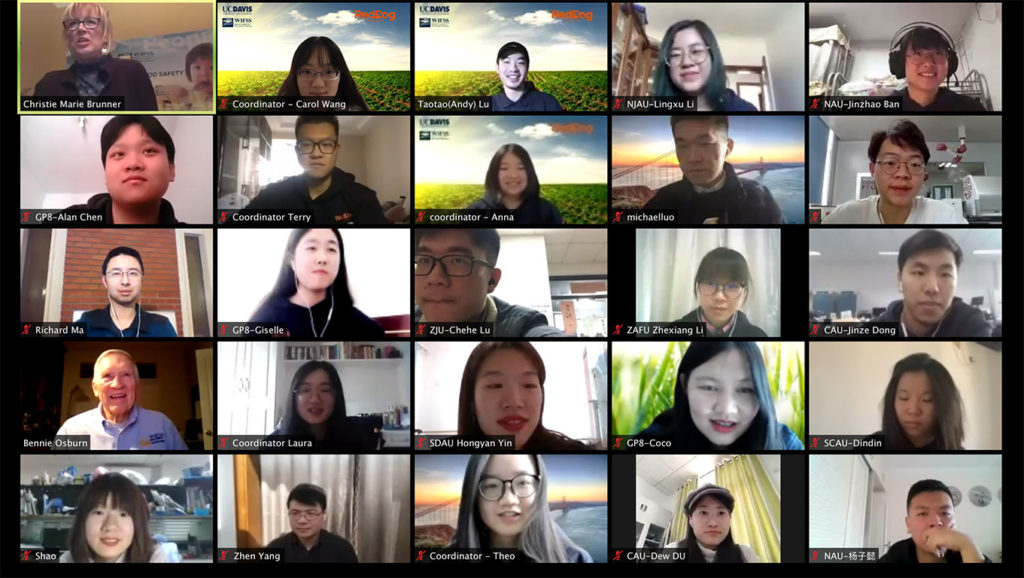
The conference concluded on August 6, during a closing ceremony that included final reports and a virtual certificate ceremony. Representatives of each group finished their final group presentations as scheduled and presented their learning results and proposed solutions for some specific One Health problems. Dr. Bennie Osburn, Dean Emeritus of the School of Veterinary Medicine and Director for Outreach and Training at the Western Institute for Food Safety and Security, UC Davis, addressed the ceremony and issued certificates to all participants, guest speakers and group facilitators. He expressed his gratitude to all the participants and acknowledged their impressive performance. He also reviewed the One Health concept and underlined the importance of learning and applying this concept to solve global public health problems.

“WIFSS One Health conferences focus on food systems because food is essential for sustaining our life on the planet. It is important to understand how disruptions by infectious zoonotic agents, as well as chemical and biological agents can lead to major pandemics. The current SARS/COVID 19 has caused both health and economic chaos, which has been catastrophic across the planet. The application of the One Health approach for food systems used in the WIFSS model to raise awareness, develop multidisciplinary teams, and to explain in a call to action a solution to the impact of complex issues, brings together the next generation of scientists to address the future of healthy, people, animals, plants, and the environment!” – Bennie Osburn
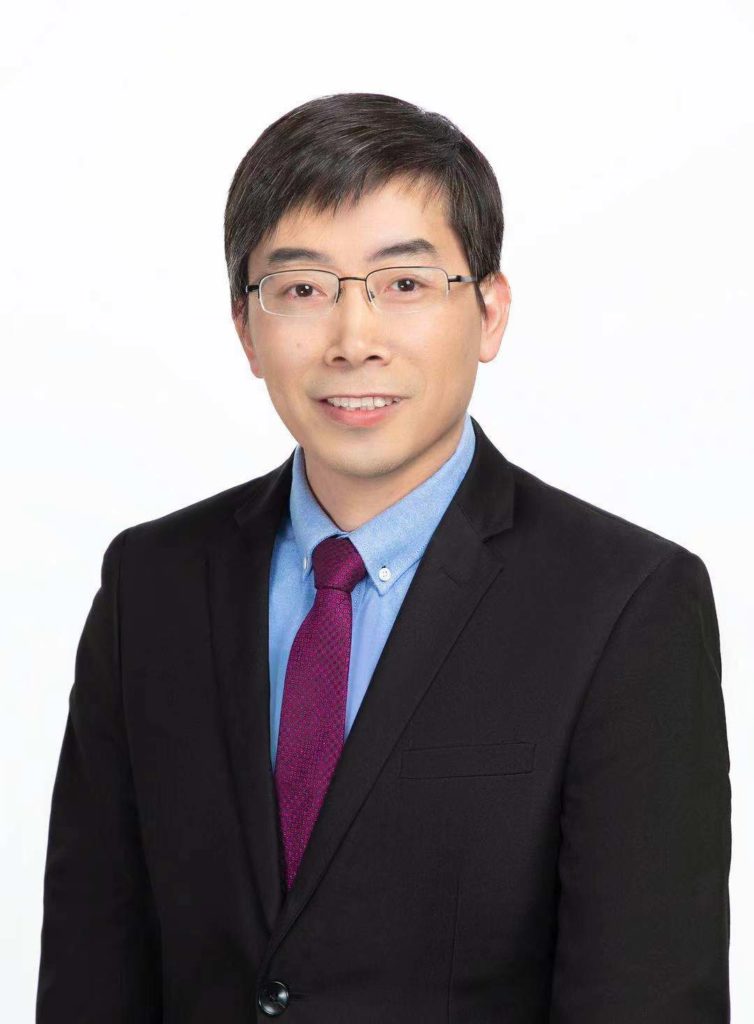
During the closing ceremony Dr. Han congratulated the students on their achievements during the conference and reminded them that zoonosis, microbial resistance, food safety, and environmental issues are major public health challenges facing mankind at present.
“It is urgent to resort to One Health approaches to solve complex health problems. I believe that as long as everyone makes joint efforts, the world will become healthier and better.” – Jun Han
Summary
Students from universities across the globe, take the lessons they’ve learned about teamwork home with them and through multidisciplinary collaboration with their colleagues, they plant the seed of One Health. The seeds of One Health planted at the conference soon grow mighty trees around the world. This is the way to bring about lasting change, from the ground up, not from the top down.

Guest speaker Dr. Ning Jiao, Ph.D., Associate Professor, College of Animal Science and Technology, Shandong Agricultural University focuses her research on nutritional regulation in intestine health. She spoke during the One Health International Young Scholars Forum about the role of glutamate, glutamine, and cysteine in regulating intestinal health.
Dr. Jiao shared her comments about being part of our conference –
“Firstly, it is the first time I take part in the conference. I feel very honored. Secondly, I meet a lot of excellent experts and learned a lot of knowledge about food safety, agriculture, and animal health, which is a great inspiration for my further research. Finally, I am looking forward to take part in the One Health conference next time.”

